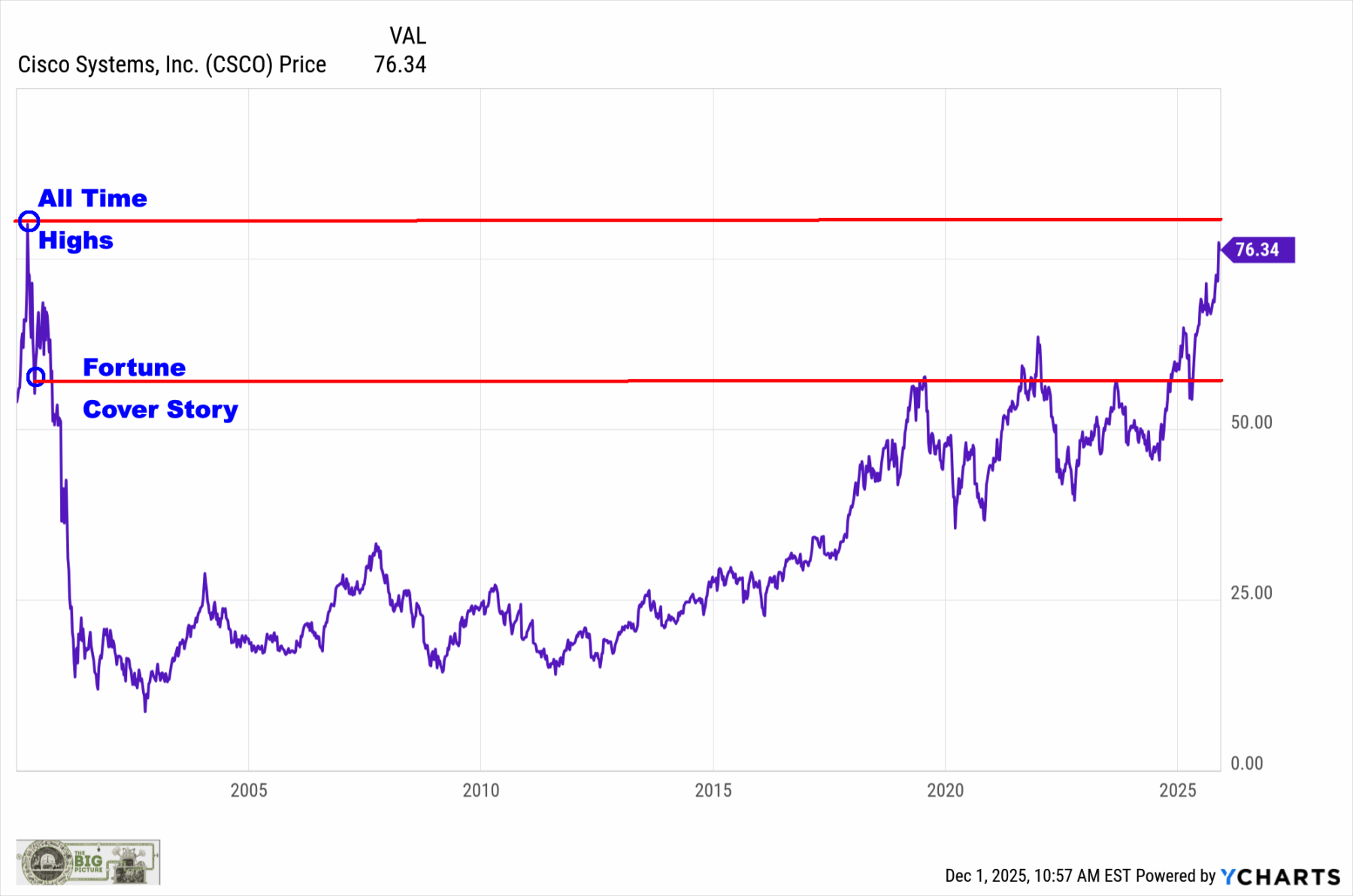Language can be quite ambiguous. The quotation in the title of this blog could be viewed as being either true or false, depending on how one defines certain words. Consider the graph shown in this tweet by Matt Yglesias:
It shows an increase of employment of slightly over 2 million (in green), with almost all of the gains going to immigrants. (BTW, using the more accurate payroll data, employment has actually increased by nearly 6 million since the pre-Covid peak of February 2020.)
Here’s another way of cutting up the data. The following are my educated guesstimates of employment changes since the end of 2019:
American boomers and immigrants: Total employment is down significantly
American Gen Xers: Employment is relatively stable
American millennials and Gen Zers: Employment is up very sharply
I believe those are true statements. Do they suggest that, “All the new jobs are going to younger native born Americans”? That statement is just as true as the statement that all the new jobs are going to immigrants. And just as false.
Here’s one way to think of the picture. The boomer generation is very large. Each year, several million boomers decide to retire. Each year, a roughly equal number of young native-born Americans enter the labor force. The net effect is relatively little change in total employment. (Maybe a slight increase.) Thus the overall change in total employment will be roughly equal to the gain in employment among immigrants. My example seemed weird because it lumped together boomers and immigrants. But it’s also weird to lump together boomers and Gen Zers, into a group called “native-born”. Their employment levels are moving in radically different directions.
Context is everything. Now I’ll provide a context where the claim made in the post title is basically true, and another context where the exact same claim is basically false. Let’s start with a true context.
Example A: “I’m worried about America’s future. Because of declining birthrates, there’s a real danger that we’ll enter a period of falling population. This will make it difficult to confront the threat of rising powers like China, and will make the Social Security system even more insolvent. In order to avoid this situation, all the net gain in employment would have to come from immigrants.”
You may disagree with the policy preferences, but at least it’s a coherent argument. The data really does suggest that if not for immigration the low birthrates would gradually reduce our workforce.
Example B: “I heard that all the new jobs are going to immigrants. A new factory opened in my town, but I didn’t even apply for the job. Why bother if employers are only interested in hiring immigrants, not American born labor?”
This claim is clearly misleading. Most new jobs in the US are filled by native-born workers. The net change in total employment is similar to the net change in the stock of immigrant workers, but that doesn’t mean that individual Americans are unable to find jobs.
The phrase “new jobs” could indicate individual jobs being filled, or net change in total employment. Language is ambiguous.
This sort of misuse of statistics occurs in all sorts of contexts. Suppose you read that illegal immigrants to the US committed 100 murders in 2023. That makes it sound like they made the country a more dangerous place. But suppose that 120 illegal immigrants were murdered in 2023. In that case, it’s quite possible (but not certain) that the risk of a native born person being murdered was actually reduced by the illegal immigration. Net flows and gross flows are two very different concepts, and should be handled with care.
















